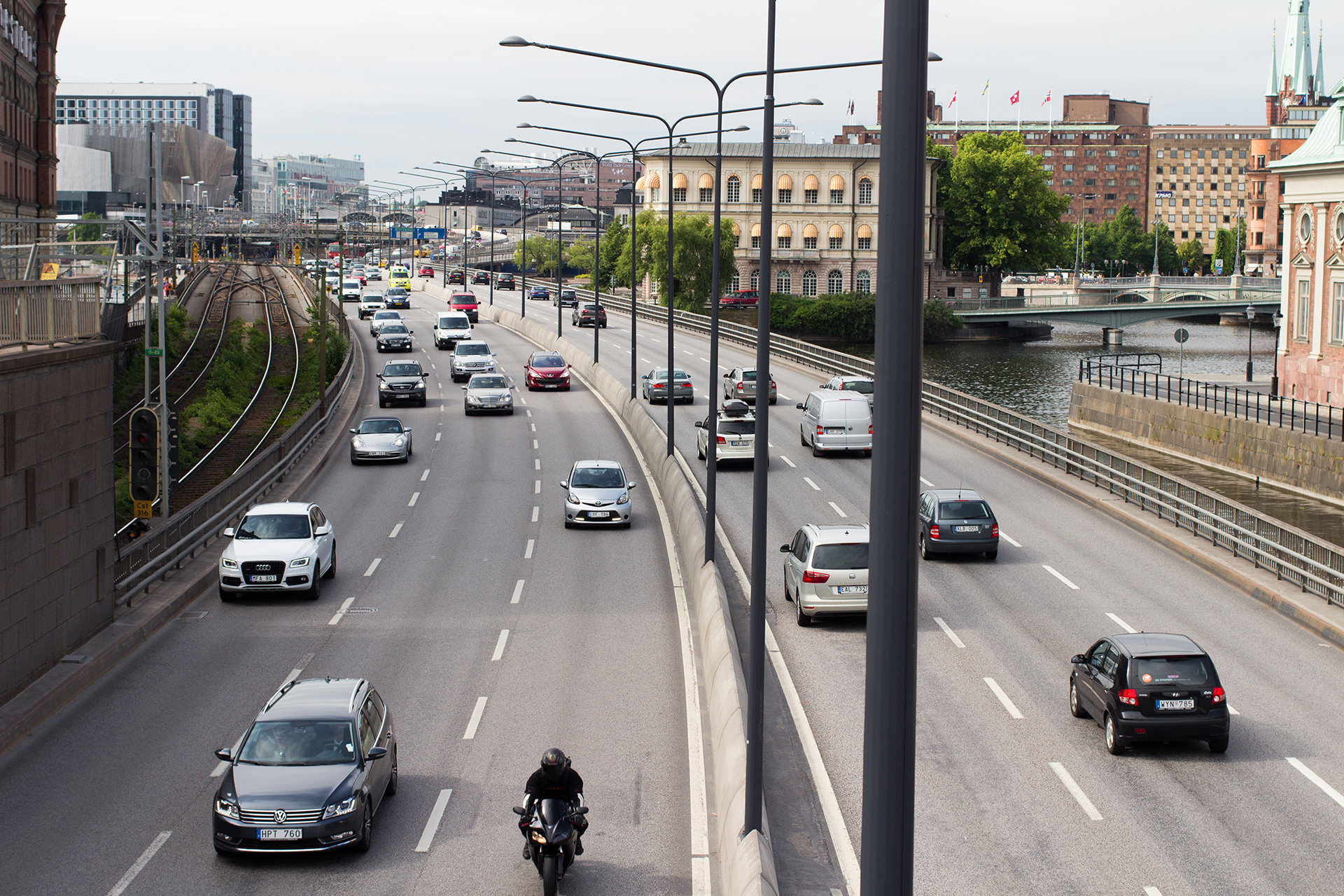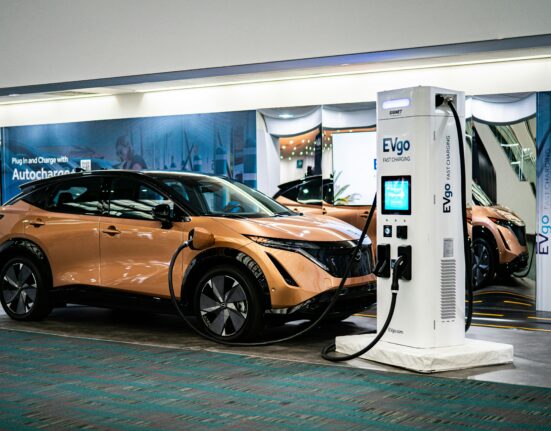There was a time when the air quality in Stockholm was the same as the one registered in Beijing. Air pollution in Sweden’s capital comes primarily from vehicular traffic. It is also caused by weather conditions and pollution coming from neighboring countries. As part of its sustainable environment program, Stockholm introduced several measures to reduce the presence of fine particulate matter and improve air quality in the city.
Vehicle Circulation Tax
Overall, Sweden has adopted the Swedish National Environmental Quality Objectives, where one of the primary aims is clean air, the quality of which should not pose a risk to human or animal health, or any damage to plants or cultural treasures. The objective is to reduce concentrations of air pollutants to protect humans and animals against diseases and lower damage to physical materials and assets.
To do this, the government embarked on an ambitious project that also included a congestion charge in the capital. Under the scheme, all vehicles entering and leaving the capital are levied a congestion charge up to a maximum of 135 SEK per day during high season (105 SEK during low season). Gothenburg is also another city in Sweden that implemented the congestion charge of up to 60 SEK a day. The tax, implemented permanently since 2017, has to some extent discouraged vehicles from entering the city, thus reducing air pollution levels and providing revenues to the government coffers.
Less Polluting Vehicles
In April 2018, the government of Sweden announced that there will be three different types of low emission zones (LEZ) in the country from 1 January 2020. The first LEZ regulates heavy-duty vehicles such as lorries and buses, while the second sets strict standards for cars allowing only Euro 5 emission standard petrol and diesel cars (later on diesel cars will be required Euro 6). It also covers hybrid electric vehicles and plug-in hybrids. The third LEZ is strictly electric, fuel-cell, and gas-driven cars that meet Euro 6 standards.
Car owners can also help improve the performance of their vehicles. Simple actions such as using a better quality of fuel, tuning up the car, reducing or rationalizing trips, driving at lower speeds, or avoiding idling all help in lowering carbon emissions. By keeping cars well-maintained, fuel is burned efficiently and that, in turn, reduces pollution levels.

Effects of Reducing Carbon Emissions
The initiatives in Stockholm to reduce the carbon footprint have resulted in cleaner and better quality of air. It also has a positive effect on the health of its inhabitants. The immediate effect of the congestion tax was that it reduced traffic in the capital by 20%.
A study by Simeonova et al showed that congestion tax reduced ambient air pollution by 5-10%. It also lowered the rate of severe asthma attacks among young children by as much as 50%. In the long term, it is expected that lower air pollution levels could have wider health benefits based on the premise that congestion pricing is in effect.
Traffic air pollution was a major problem in Stockholm for some time. But, with the introduction of congestion pricing and stricter norms for vehicle emissions, air pollution levels fell and residents have been able to enjoy cleaner air.













2 Comments